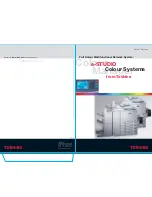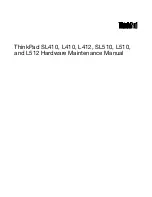
Using True Page 192
Chapter 6
Using True Page
Ordinarily, you use OCR to turn a printed page into editable electronic
text. Regardless of the original page layout, the resulting text appears in a
single column. You then save this text in a file format suitable for your
target application (such as a word processor) where you apply your own
page layout and formatting.
True Page offers a solution for retaining the original look of a page during
the OCR process. In addition to turning images into text, True Page tries
to preserve font and paragraph formatting and the positioning of text and
graphics on a page.
True Page handles documents differently depending on the type of page
you process and the Settings Panel options you select. To get the most
benefit out of True Page, learn how to identify your page type and select
the appropriate settings for it.
Please read this chapter for information about:
• How True Page Works
• Page Types
• Settings Panel Options for True Page
• Target Applications for True Page
How True Page Works
True Page tries to replicate the look of a page by analyzing and retaining
its formatting elements during recognition. True Page retains page
margins, column structure, paragraph structure, tab formatting,
indentation, line spacing, font attributes, and positioning of graphics.
True Page handles documents according to the options you select in the
Settings Panel. The zoning method you select is particularly important:
•
Multiple Columns
















































